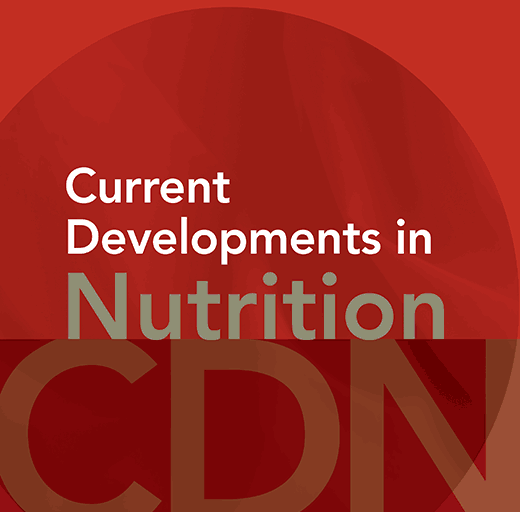Starin McKeen, Clare Wall, Hannah Eriksen, Amy Lovell, Jane Mullaney, Wayne Young, Karl Fraser, Nicole Roy, Warren McNabb.
Current Developments in Nutrition (2020)
Abstract
Objectives
The rapid diversification of foods introduced during complementary feeding coincides with profound changes in the infant gut microbiome, with potential effects on immediate and long-term health outcomes. The objective of this study is to elucidate dietary modulators of the infant gut microbiome by characterising dietary intake by food groups, nutrient composition, and nutrient source, followed by multivariate integration with faecal microbiome data.
Methods
Three-day food records were collected from a cohort of 40 infants recruited from the Auckland metropolitan area in New Zealand, who participated in a 6-month dietary intervention clinical pilot study. Thirty infants were provided kumara as an additional food to include in the daily diet, while 10 infants were provided commercially available probiotic drops (Bifidobacterium lactis) as a daily supplement. Faecal samples were collected on the final day of the 3-day food record at approximately 6, 9, and 12 months of age, and analysed using shotgun metagenomics and global metabolite profiling. Multivariate approaches have been used to integrate diet, microbiome, and metabolomic data.
Results
Preliminary results indicated that at 9 months of age some B-vitamins and minerals from meat products were strongly correlated (coefficient of ≥.6 using canonical correlations) with increased microbiome amino acid metabolism and biosynthesis, whereas a strong inverse correlation (≤–.6) was observed between breastmilk and dietary fibre consumption. At 12 months of age, the significance of associations throughout the network were diminished, and food intake data suggested that legumes, eggs, dairy products, breastmilk, and infant formula were the predominant modulators of metabolic pathways.
Conclusions
While specific nutrients and food groups correlate independently with significant alterations in the microbiome, merging these metrics to encompass nutrient source provides a more complete understanding of dietary modulators from the perspective of the gut microbiome. The immature gut microbiome of younger infants may be more profoundly influenced by dietary factors than increasingly mature microbiomes.Funding Sources
This study was funded by the New Zealand Ministry of Business, Innovation, & Employment High-Value Nutrition National Science Challenge.
